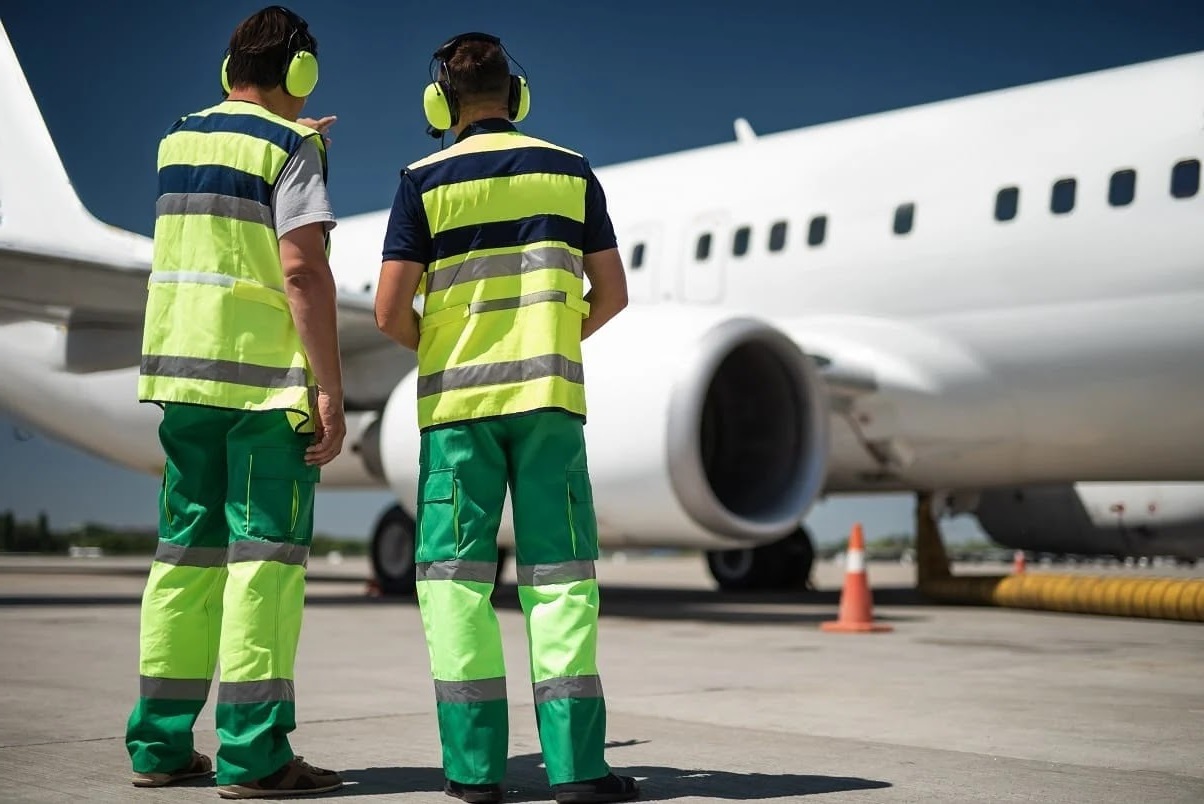
How do aviation regulations impact the safety of air travel? Aviation regulations play a critical role in ensuring the safety of air travel. These rules, set by authorities like the FAA and EASA, cover everything from aircraft design to pilot training. Without these regulations, the risk of accidents would increase significantly. They ensure that airlines maintain their planes properly, pilots stay well-trained, and air traffic controllers manage flights efficiently. In short, aviation regulations create a safer environment for everyone involved in air travel. By following these guidelines, the aviation industry can minimize risks and protect passengers, crew, and aircraft.
Key Takeaways:
- Aviation regulations compliance ensures that all aspects of aviation operations meet safety and operational standards set by organizations like ICAO and FAA, promoting safety and efficiency in the industry.
- Key areas of compliance include aircraft certification, pilot licensing, and maintenance requirements, all crucial for ensuring the safety and reliability of aircraft operations.
What is Aviation Regulations Compliance?
Aviation regulations compliance ensures that all aspects of aviation operations meet established safety and operational standards. These regulations are crucial for maintaining safety, efficiency, and reliability in the aviation industry. Here are some key facts about aviation regulations compliance.
-
International Standards: The International Civil Aviation Organization (ICAO) sets global standards for aviation safety, security, efficiency, and environmental protection. These standards are adopted by countries worldwide to ensure uniformity in aviation practices.
-
Federal Aviation Administration (FAA): In the United States, the FAA is responsible for regulating all aspects of civil aviation. This includes the certification of aircraft, pilots, and maintenance personnel, as well as the oversight of air traffic control systems.
-
EASA: The European Union Aviation Safety Agency (EASA) oversees aviation safety in Europe. EASA works closely with national aviation authorities to ensure compliance with European regulations and standards.
Key Areas of Compliance
Compliance in aviation covers various areas, each critical to the safe and efficient operation of aircraft and airports. Let's explore some of these key areas.
-
Aircraft Certification: Aircraft must be certified as airworthy before they can be operated. This involves rigorous testing and inspection to ensure that the aircraft meets all safety standards.
-
Pilot Licensing: Pilots must hold valid licenses and undergo regular training and medical examinations to ensure they are fit to fly. This ensures that pilots have the necessary skills and knowledge to operate aircraft safely.
-
Maintenance Requirements: Regular maintenance is essential for ensuring the safety and reliability of aircraft. Maintenance activities must comply with strict regulations and be performed by certified personnel.
Safety Management Systems (SMS)
Safety Management Systems are a critical component of aviation regulations compliance. SMS helps organizations identify and mitigate safety risks.
-
Risk Assessment: SMS involves continuous risk assessment to identify potential hazards and implement measures to mitigate them. This proactive approach helps prevent accidents and incidents.
-
Safety Culture: Promoting a strong safety culture within aviation organizations is essential. This involves encouraging open communication about safety issues and ensuring that all employees are committed to maintaining high safety standards.
Environmental Regulations
Aviation regulations also address environmental concerns, aiming to reduce the industry's impact on the environment.
-
Emissions Standards: Regulations set limits on the emissions produced by aircraft engines. These standards aim to reduce the environmental impact of aviation by minimizing pollutants such as carbon dioxide and nitrogen oxides.
-
Noise Control: Noise regulations aim to reduce the impact of aircraft noise on communities near airports. This includes setting limits on the noise levels produced by aircraft during takeoff and landing.
Final Thoughts on Aviation Regulations Compliance
Understanding aviation regulations compliance is crucial for ensuring safety and efficiency in the skies. These rules aren’t just bureaucratic red tape; they’re designed to protect passengers, crew, and aircraft. From pilot certifications to aircraft maintenance standards, every regulation has a purpose. Staying compliant means fewer accidents, smoother operations, and a better reputation for airlines.
Ignoring these regulations can lead to hefty fines, legal trouble, and even grounding of aircraft. For those in the aviation industry, keeping up with the latest rules and guidelines is non-negotiable. It’s a continuous process that requires dedication and vigilance.
Whether you’re a pilot, mechanic, or airline executive, understanding and adhering to these regulations is part of the job. It’s about more than just following rules; it’s about ensuring the safety and trust of everyone who takes to the skies.
Frequently Asked Questions
Was this page helpful?
Our commitment to delivering trustworthy and engaging content is at the heart of what we do. Each fact on our site is contributed by real users like you, bringing a wealth of diverse insights and information. To ensure the highest standards of accuracy and reliability, our dedicated editors meticulously review each submission. This process guarantees that the facts we share are not only fascinating but also credible. Trust in our commitment to quality and authenticity as you explore and learn with us.


